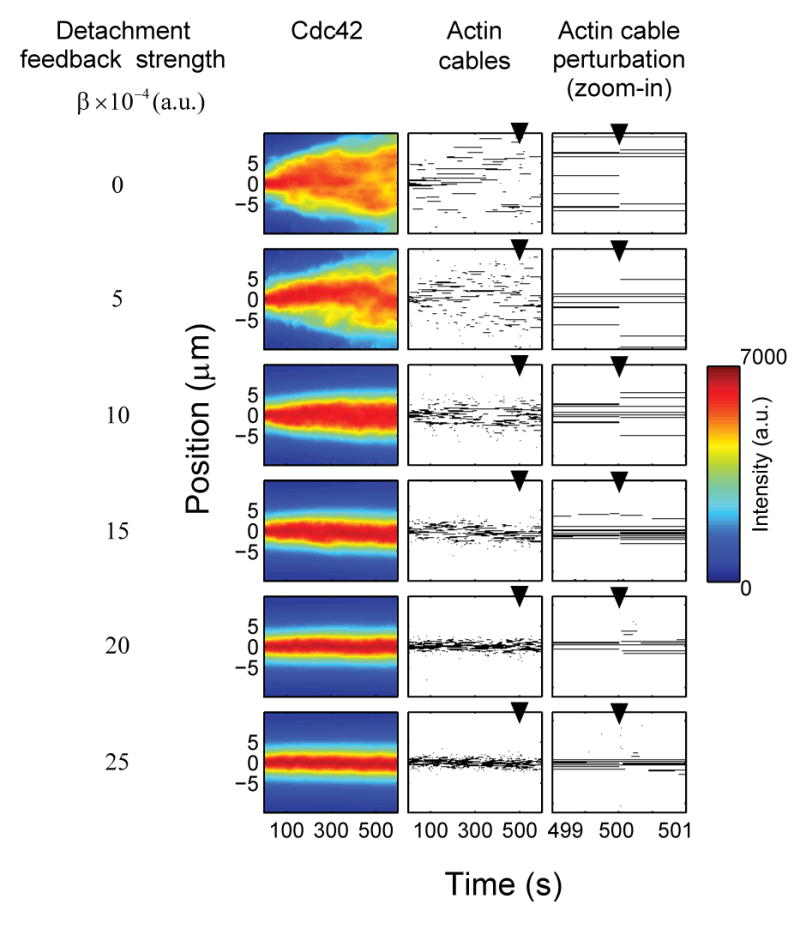Figure 7. The role of positive feedback in dynamically maintaining cortical polarity.

Solutions for the distributions of Cdc42 (first column) and actin cable attachment sites (middle column) for the positive feedback model are computed for a range of detachment feedback parameter β (rows) (see Equation (9)). At 500 seconds (arrowhead), half of the actin cables were randomly detached (right column: zoom of middle column around 500 seconds). Results are computed in 1-D for simplicity. Model parameter values are the mean for those previously estimated in Equation 1, and the steady-state solution was used as initial condition for Equations 8–10. aon was fixed at 10−4 (a.u.) for all simulations; for each β, aoff was chosen so that at t=0 cables had the same probability of detachment at the cap center. The allowable number of actin attachment sites was limited to ∼7% (=20/300) of the total membrane, in rough agreement with experimental observations.
